In summer, we all want to be outside in nature, surrounded by as much natural greenery as possible, and those who have space in their backyard are thinking about creating one. This is the time of year when orders for gazebos, pergolas and other wooden furnishings are booming. About pergolas and gazebos, but without then insisting on gluing the wood on the outside.
The elements of these constructions are not always a single piece of wood. Those light beams that form the 'roof' of pergolas or the supporting posts are made of layers of wood glued together. These elements are sometimes autoclave impregnated before the work to increase their resistance to moisture, insects or mold. For the beams to remain intact, the bond must not be affected by the aggressive conditions in the autoclave. Polyurethane adhesives are most commonly used as they are highly resistant to boiling or pressure impregnation. But they are not the only adhesives that can be used in aggressive conditions, and certainly not the only ones that can withstand high outdoor humidity, weathering and UV radiation.
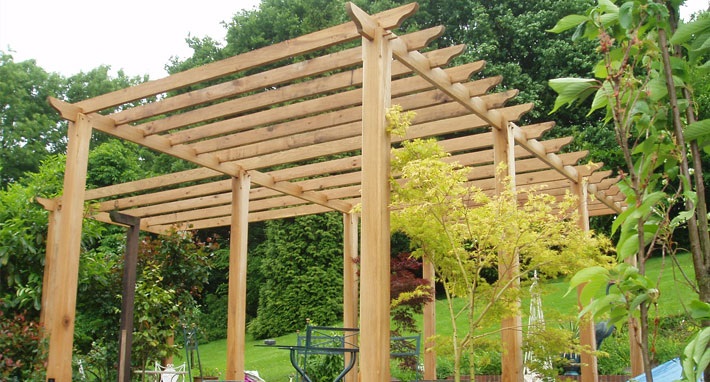
High-strength adhesives are needed for building pergolas and other outdoor landscaping
Pergolas, unlike arbors, do not have a roof. They are used in the garden to create a walled walkway with a green roof, to enclose a space or as a support for climbing plants. Basically, they are frames attached to lightweight beams on which plants can climb. Instead of a roof, there are cross beams that the plants cling to, shading and sheltering the site.
In order for the pergola to withstand plant moisture and weather, the wood needs to be protected with oil or outdoor varnish. Compared to other outdoor constructions, moisture protection is very important because the presence of moisture is permanent and is maintained by plants.
There are other types of garden landscaping. Although they are called different names they are very similar. A pergola can often be mistaken for a vault, the difference being in the roof, the pergola being straight and the vault curved. Terraces are other similar constructions to pergolas, the difference being that the terrace is always attached to the house.
For all these constructions the joints made by gluing, especially those forming beams or posts must be very strong and durable. The glue line must be elastic and waterproof and the adhesive must not 'age' in the sun.
There are several types of adhesives that can be used outdoors. Let's look at the most commonly used.
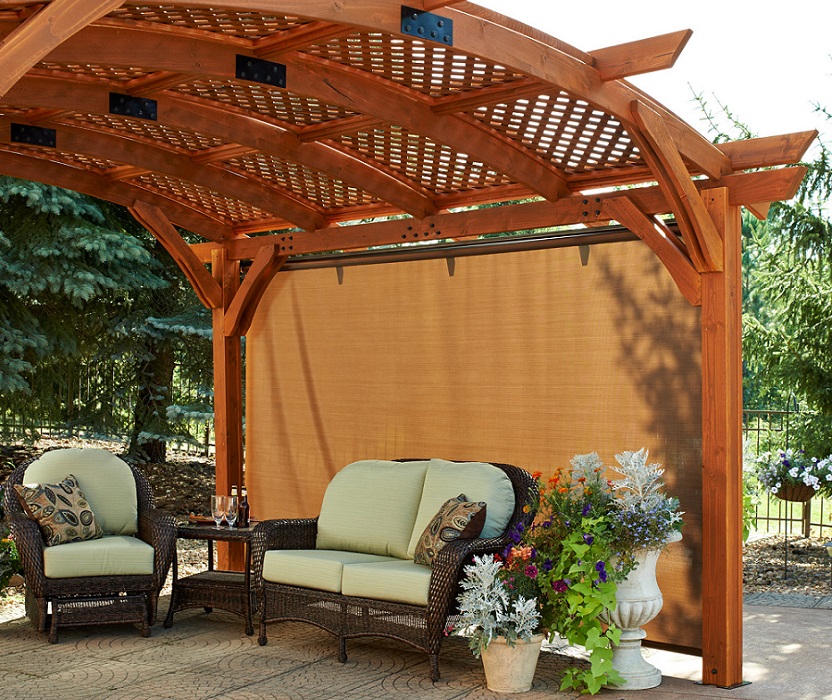
Polyvinylacetate PVA adhesives
They are the most widely used adhesives, both in industry and as DIY adhesives. They have very good adhesive properties, are non-toxic (they do not emit formaldehyde) and clean easily with water before curing.
There is a perception that such adhesives are only for indoors and that their moisture resistance is low. Not so. There are also versions with very good outdoor and even boiling resistance (resistance classes D3 and D4). For example, Szolvegy Târgu Mureș has a one-component polyvinyl acetate-based adhesiveTiszabond 1kD4 - with very good resistance to humidity and outdoor conditions. The adhesive is much more elastic because it contains no filler and has reactive groups that allow advanced cross-linking which gives the resulting film much better strength. If all the steps in the product data sheet are followed to obtain the bonded elements, they can be treated in autoclaves with very good results.
In spite of being a very strong adhesive for its class it is not recommended for obtaining supporting beams. In these cases polyurethane adhesives are recommended.
To increase their resistance to moisture and outdoor conditions, some PVA adhesives can be transformed into two-component adhesives by adding a catalyst. This considerably increases cross-linking and the adhesive moves from a lower strength class to class D4. This is also the case for TISZABOND 2kD4 which was awarded the quality certificate by Institut fur Fenstetechnik Rosenheim, Germany (Institute for Window Technology Rosenheim). By adding hardener, the Class D1 adhesive is transformed from a very low moisture resistant adhesive to a strong and durable Class D4 adhesive, making it a very good choice for window frame manufacturing.
Polyurethane adhesives
They are the longest lasting and strongest adhesives for wood. They are very versatile and can be used for bonding many types of materials: wood, glass, metal, ceramics, polyurethane foam, textiles, plastic, stone. They resist moisture very well and are very suitable for indoor use in places with high humidity (bathrooms, kitchens) and outdoor use (fences, gazebos, pergolas). They are used for gluing solid wood and wood derivatives.
Polyurethane adhesives can be one or two-component. With one-component adhesives, the reaction (drying of the adhesive - bonding) is determined by the moisture in the atmosphere. This is why they bond well to materials containing moisture inside. When bonding different materials (wood-stone, wood-concrete) at least one of the materials should contain moisture.
Laminated beams to be treated in autoclaves and impregnated with substances that make them resistant to attack by fungi, mold, mildew and insects can be used to produce Tiszapur D4 4401 Special, a one-component, polyurethane, polyurethane adhesive that is highly resistant under extreme conditions. The resistance of the glued wood is very good provided that the gluing is carried out according to the instructions and the beams have a rest time after gluing of 7 days before autoclaving.
To test the adhesive's capabilities Solvegy they spliced a beam and left it for only 4 days before autoclaving, not 7 as recommended in the data sheet. The beam was then left out continuously for 2 years. The glue behaved very well and the impregnated wood did not change color over time.

Cyanacrylate-based adhesives, so-called Super Glue
Super Glue is a brand of glue that has become synonymous with the glue that sticks anything very quickly. This type of glue - cyanoacrylates - bonds very hard surfaces together, and the reaction time is very short. It's the best choice for quick and simple repairs, but not the best for big jobs like a pergola.
It is very suitable for gluing small parts.
Epoxy adhesives
They are two-component adhesives that react after mixing the two parts. The reaction is quite slow, and the parts that are bonded must be held together (clamped) until the reaction is complete. The end result is a very durable bond. There are versions that can only be used for indoor bonding and versions that can also be used for outdoor bonding.
If you decide to do this type of work in the garden, remember to choose an adhesive with very good resistance to moisture, weather and solar radiation. If you are buying beams or laminated posts, remember to make sure that the adhesive used for gluing is weather-resistant. And always protect the wood with oil or exterior-resistant varnishes to prolong the life of the work as much as possible.


























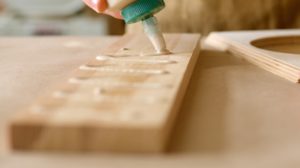
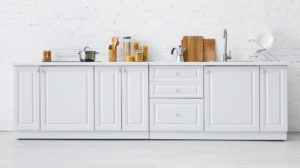

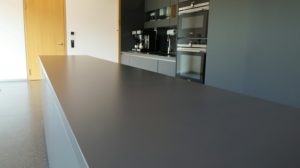
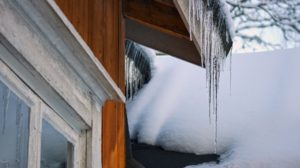
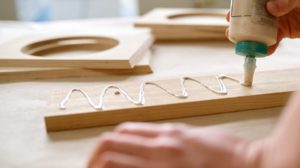
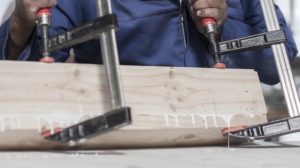
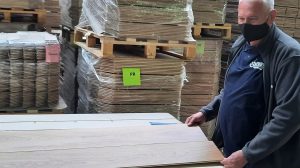



Add comment